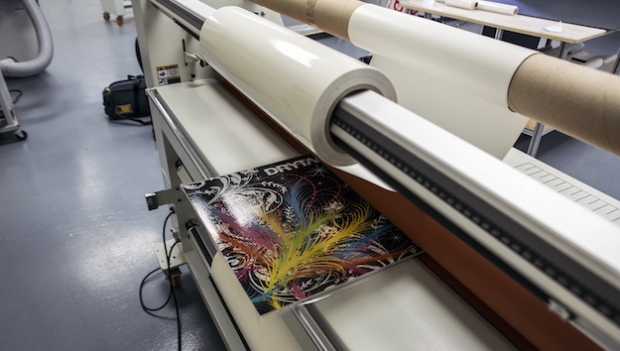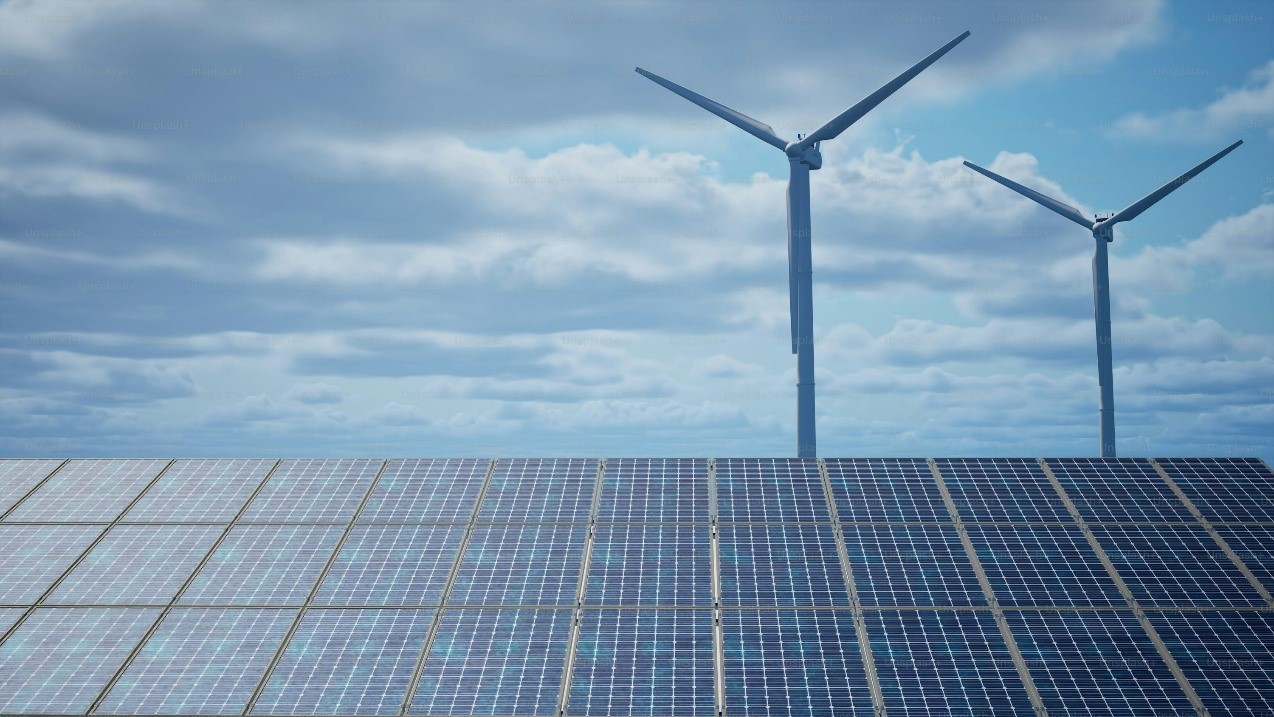
Powering the Future
As climate change continues to dominate global headlines, the packaging industry—often criticized for its environmental footprint—is undergoing a significant transformation. At the heart of this change is green energy, a clean and sustainable alternative to fossil fuels. By adopting renewable energy sources such as solar, wind, hydro, and biomass, packaging companies are not only reducing their carbon emissions but also reshaping how materials are sourced, processed, and distributed.
Why the Packaging Industry Matters
Packaging is everywhere—from the box that protects your latest online order to the wrapper around your favorite snack. It plays a critical role in product safety, shelf life, and branding. However, the production and disposal of packaging materials are resource-intensive and often carbon-heavy.
Traditional packaging operations rely heavily on fossil fuels, contributing to greenhouse gas emissions and environmental degradation. The shift toward green energy offers a pathway to decouple packaging growth from environmental harm.
How Green Energy Is Being Used in Packaging
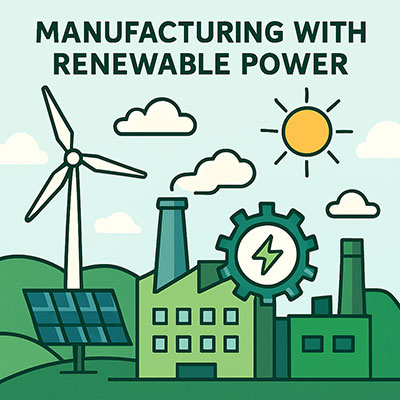
1. Manufacturing with Renewable Power
- Many packaging plants are now powered by solar panels, wind turbines, or hydroelectric systems. This reduces their reliance on grid electricity derived from coal or natural gas.
- Companies like Tetra Pak and Smurfit Kappa have invested in renewable energy to power their global operations, leading to significant emissions reductions.
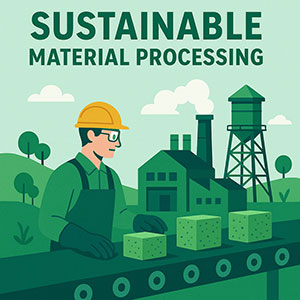
2. Sustainable Material Processing
- Recycled paper, bioplastics, and compostable materials are being produced using energy from sustainable sources, lowering the lifecycle carbon footprint.
- Energy-efficient machines, combined with green energy, are enabling more responsible production lines.
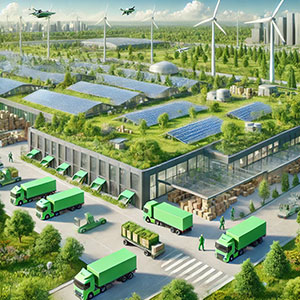
3. Carbon-Neutral Warehousing and Logistics
- Warehouses with solar rooftops and electric forklifts are becoming standard in green packaging supply chains.
- Some logistics providers are also transitioning to electric or hydrogen-powered fleets, especially for short-haul deliveries.
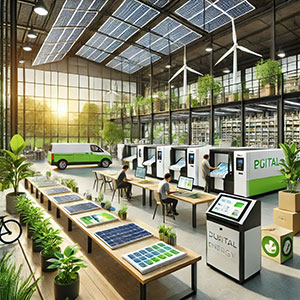
4. Green Printing and Labeling
- Digital and low-energy printing technologies powered by renewables are reducing waste and energy consumption in label production and packaging design.
- Benefits Beyond the Environment
- Cost Savings: Though the initial investment in renewable infrastructure can be high, long-term energy savings and government incentives can offset costs.
- Brand Value: Consumers are increasingly choosing brands that demonstrate environmental responsibility. Packaging powered by green energy tells a story of sustainability and innovation.
- Regulatory Compliance: With growing pressure from governments to meet climate targets, early adoption of green energy can help companies stay ahead of regulations.
Challenges and What’s Next
Transitioning to green energy isn’t without its challenges. High upfront costs, inconsistent supply in some regions, and technological limitations can hinder progress. However, as renewable energy technology becomes more affordable and efficient, these barriers are rapidly shrinking.
Looking ahead, the integration of smart grids, energy storage systems, and AI-driven energy management will further enhance the synergy between green energy and sustainable packaging.
Conclusion
For companies willing to innovate, the rewards go beyond environmental impact: lower costs, stronger customer loyalty, and a competitive edge in a fast-evolving marketplace.





